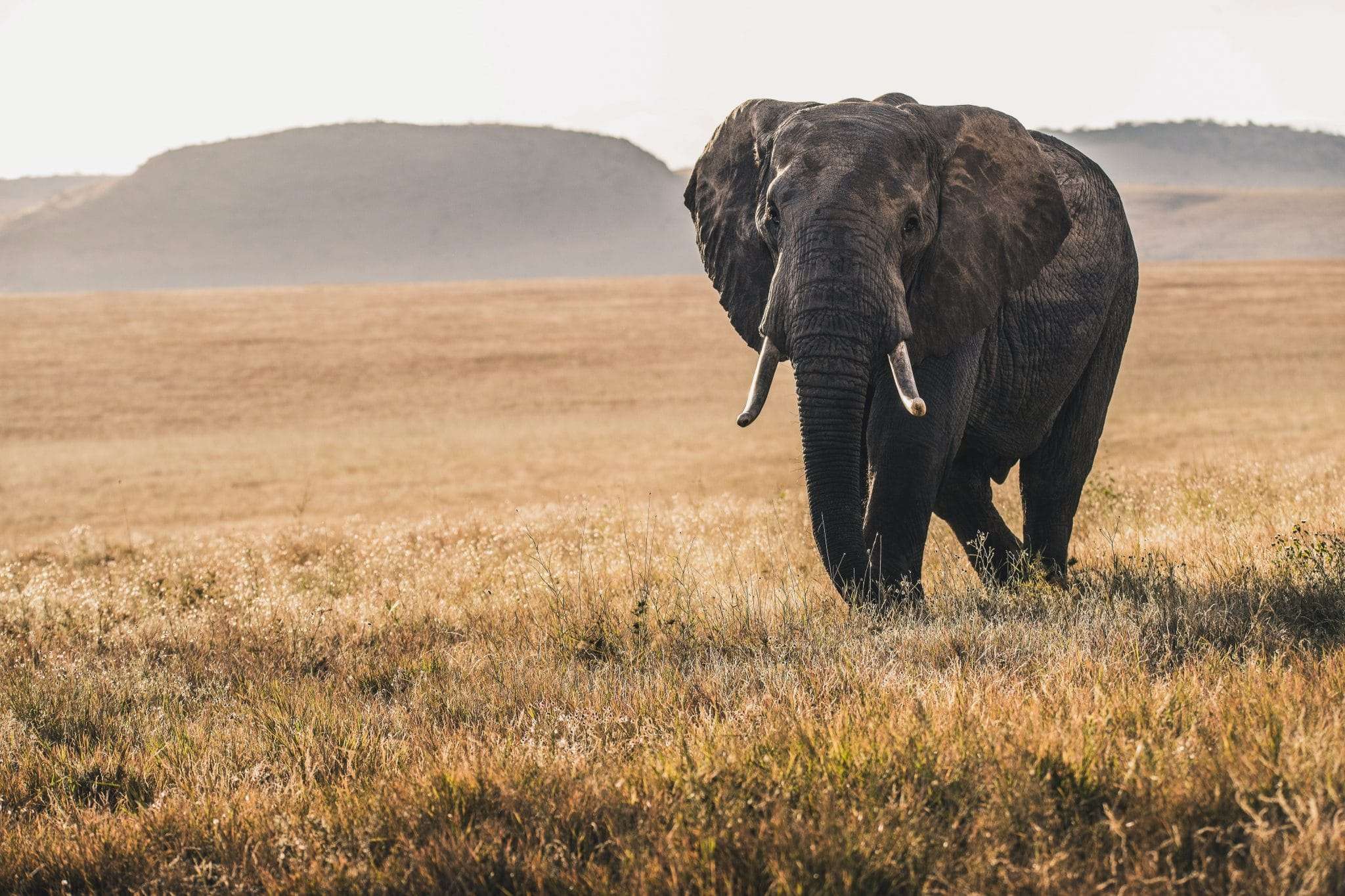The planet has been relentlessly plundered for its resources in a bid to feed humanity’s insatiable desire for progress. Now it’s time technology was used for environmental good.
Humanity’s insatiable desire for technological progress is taking a heavy toll on the planet and its wildlife, with the gadgets we use daily playing a major role in environmental destruction that’s harming wild animals in many ways.
In a bid to power technology, we pollute the air, and we deplete natural resources, decimating habitats as we do so. We need only look as far as the device in our hands for an example of a ubiquitous item that gobbles resources. While we may struggle to operate without our phones, mining the lithium and cobalt needed for their rechargeable batteries is an intensive process requiring unthinkable amounts of energy and water.
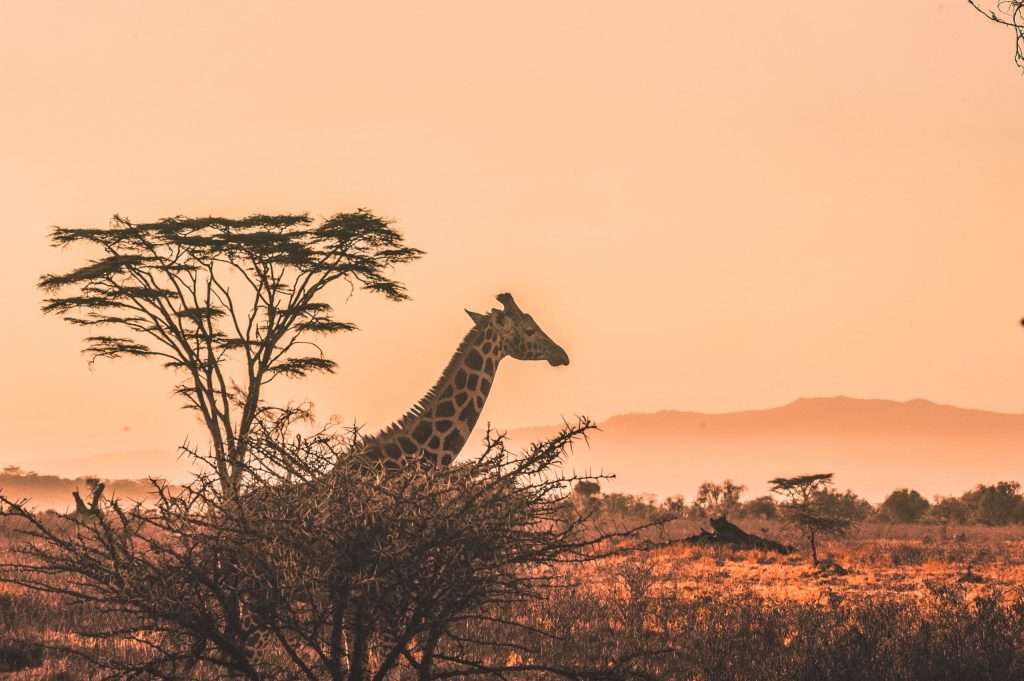
However, while our unrelenting use of technology continues to be a force for destruction, in recent decades, sustainably-minded individuals and groups have been harnessing its power for good, adopting increasingly sophisticated solutions to protect wildlife, or conservation technologies.
Conservation technologies
These solutions include conservationists using established processes like camera traps, tracking tags, satellite remote sensing, acoustic sensors, and drones to track, study, and protect wild animals.
For example, an initiative in Aceh, Indonesia, uses drones to monitor Sumatran elephants as they traverse vast landscapes which are often inaccessible by humans. When they get close to community farms, the drones provide an airborne warning system, alerting local Conservation Response Units, who come to the area and drive the animals away, saving them from possible death, and reducing elephant-human conflict.
Newer technologies are also emerging, including computer facial recognition, data management tools, networked sensors, and artificial intelligence, which can be used to gather data about animals and their habitats, and share it with a global digital audience. These processes contribute to a better understanding of the natural world, which in turn can lead to more effective protections for its wild inhabitants.
A major driver on the conservation technology scene is Wildlabs, an open-access platform for conservation technology online, ‘connecting more than 5,000 conservationists, researchers, field biologists, engineers, developers, makers, and conservation technology experts from around the world’.
The hub, which aims to ‘transform how we think about tech and wildlife conservation’, was created by a coalition of animal organizations, like international wildlife conservation organization Fauna & Flora International (FFI), a major proponent of conservation technology. Other partners include Conservation International, WCS, WW,F and the Zoological Society of London. It was launched in collaboration with Google in 2015, and has provided fruitful since, with the digital exchange of global ideas prompting new innovations.
Speaking around two years after its launch, Joanna Elliott, FFI’s Senior Director – Conservation Partnerships said in a press release: “Wildlabs has proved to be an extremely successful catalyst and conduit for technological innovation in conservation.
“It is enabling us to mine a rich seam of ingenious new ideas that help overcome some of the many challenges we encounter in the field.”
Safeguarding the future of wildlife
Continuing the work of developing these ideas and technologies, at the end of 2021, Wildlabs partners in collaboration with researchers at Colorado State University and tech sector leaders Microsoft and Arm, published research conducted research to establish which innovations could carry the most promise for the future.
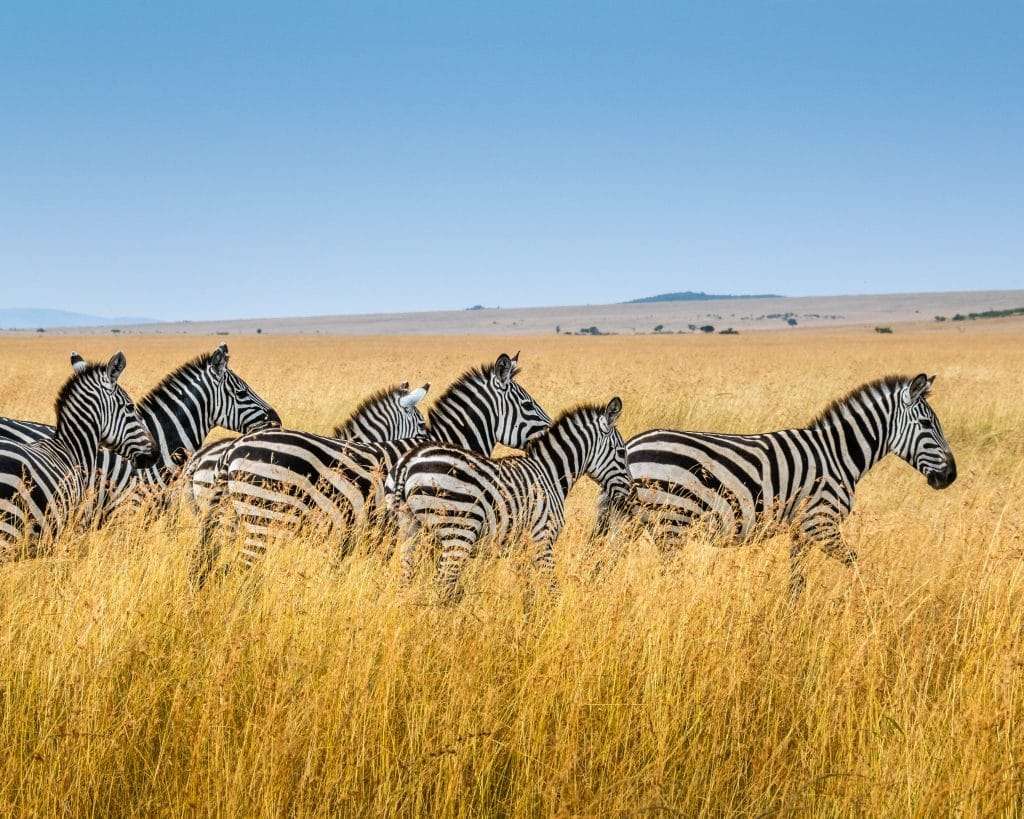
Their assessment of the state of conservation technology was based on a survey of almost 250 users and developers in a research paper published by the Society for Conservation Biology. They concluded that this tech is more effective than traditional methods, suggesting widespread adoption is crucial.
According to the researchers: “Overall, conservation technologies were consistently reported to enable new and more frequent ecological and management insights, improve the efficiency, scale, and quality of data collection, and empower conservationists to ask more useful and interesting questions of these data with increasingly powerful analytics and reporting tools.”
Limits to conservation tech roll-outs
However, despite exciting developments within the sector, and the potential these innovations offer, researchers admitted there are myriad factors limiting how quickly they can be rolled out.
They wrote in their paper that while conservation tech ‘holds the potential to vastly increase conservationists’ ability to understand and address critical environmental challenges’ there are constraints – namely systemic ones that ‘appear to hamper its development and adoption’.
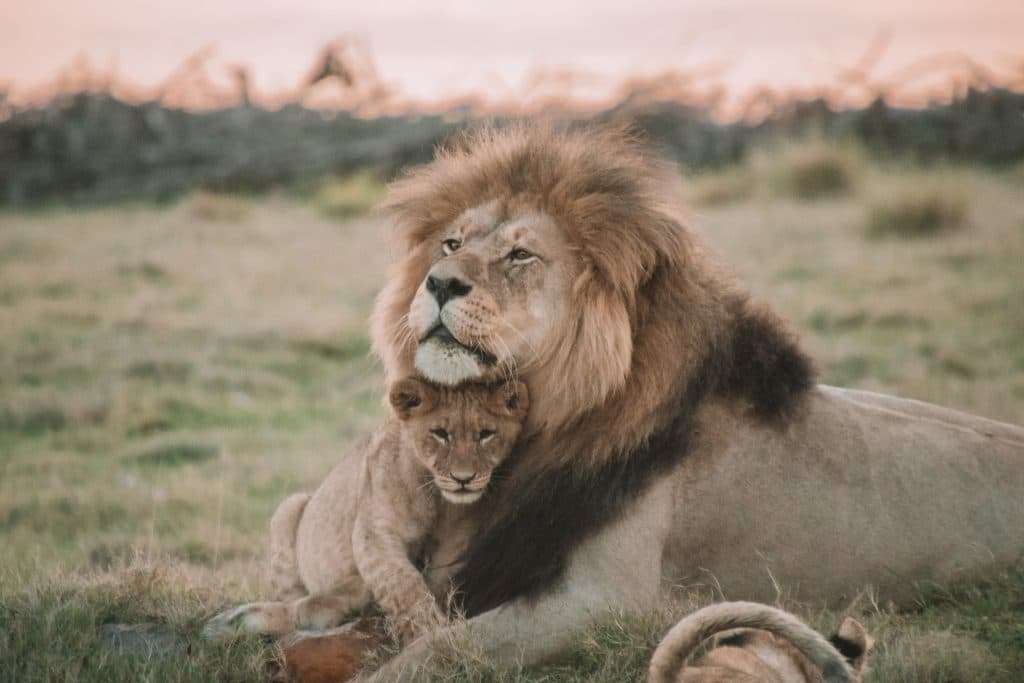
Notably, survey respondents from countries with developing economies reported being held back by upfront costs, maintenance costs, and development funding, while female respondents cited being constrained by ‘development funding and perceived technical skills’, issues that must be addressed.
One way to tackle them could be introducing ‘more initiatives dedicated to supporting under-resourced individuals with funding and industry-expert mentorship’ the paper said, adding that these initiatives are needed to overcome barriers and deliver sustained impact.
Get behind the revolution
And the importance of delivering sustained impact is paramount, according to FFI, which discussed the issue in a news update on its website in which it called for public and private sector figures to support the sector.
“Protecting and restoring nature is the most pressing task facing humanity this century – and this research is further evidence of the huge contribution that technology has to play,” said the organization.
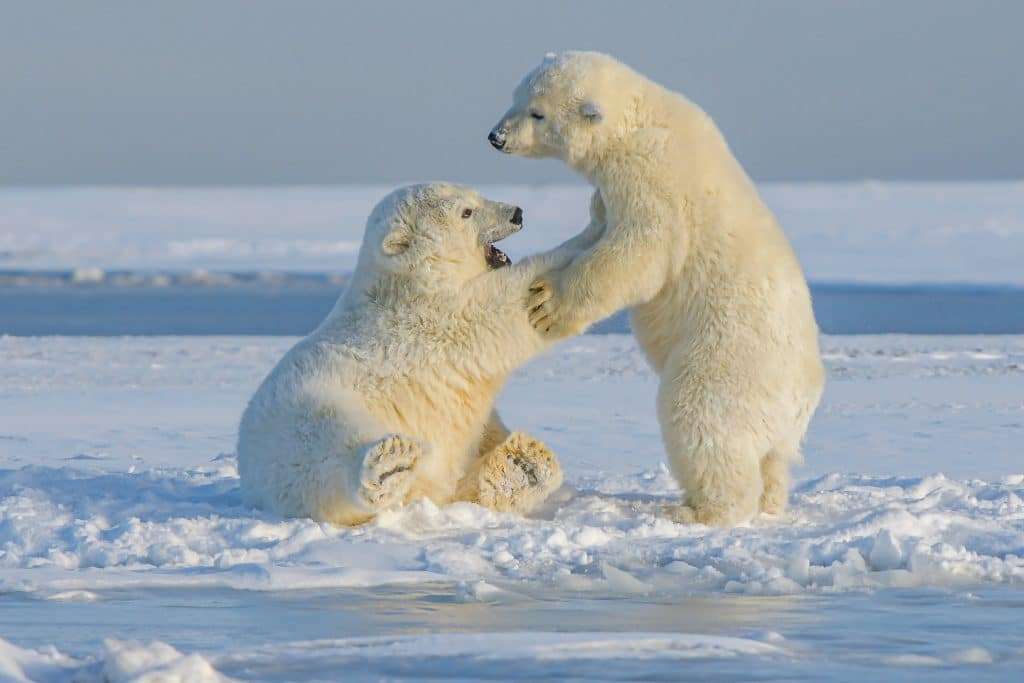
“Innovations in areas like DNA sequencing and artificial intelligence are allowing us to understand the natural world and conserve wildlife in new, more efficient and often more effective ways, safeguarding species from extinction.
“Now we need governments, philanthropists and the private sector – including the tech giants – to put their weight behind the technological revolution in conservation with support and funding for conservationists worldwide to use technology to protect wildlife.”

